With tender fondness, I reminisce about the good old DD (yes, our own Doordarshan) days that formed an intrinsic part of my childhood. As I stroll down the memory lane, an era flashes by, of the 80s, untouched by the concept of channel flicking or the sway of TRPs. This was the time when television (DD) had reached out to every nook and corner of the country and touched lives in a way that will be remembered for years to come.
Remember Malgudi Days and Swami who could have been any child living in a quiet Indian town? We loved him for hating school and for his pranks and his curiosity for the small adventures of life. The haunting, addictive title song, the squealing joy in RK Laxman’s sketches and the sights and sounds of a quaint, sleepy town make Malgudi Days, an indelible part of the Indian mindscape.
Another character that comes to my mind is that of Mohan Gokhale’s Mr Yogi (may be the tag of ‘Mr’ never left him because of his NRI status). This “foreign-return” youth scouts for a life partner in India and ends up disappointed most of the time. The travails of an arranged marriage were captured with a sprinkling of humor as also the waxing and waning expectations of/from the would-be groom.
While comedy ruled the roost, equally popular were the detective serials like Byomkesh Bakshi and Karamchand. The former starred a dhoti-clad Rajit Kapur, who analyzed and solved knotty cases. On the other hand, Pankaj Kapoor as the carrot-chewing Karamchand was a delight and so was Kitty (Sushmita Mukherjee), his assistant. Not to be left behind were soap operas such as Hum Log and Buniyaad. On the other hand, weekends were replete with the colors of Rangoli and cartoon serials like Jungle Book, dubbed in Hindi, with a killer title song penned by Gulzar. Watching epic serials like Mahabharat was a national habit. Along with the dose of comedy, action, and drama was an adrenaline shot of vibrant news capsules like Surabhi and docu-features like Bharat –Ek Khoj. These programs unravelled the mysteries and intrigue of the rich Indian culture.
I would like to make a special mention of Udaan, the serial that is closest to my heart. This showed a young girl (Kavita Chowdhary) who comes from a humble background and moves up to the position of an IPS officer. The IPS saw a rise in the number of women applicants after this serial became a huge hit in India. Cumulatively, the programs helped DD achieve what the media was designed to do in the first place. A social connect.
With the onslaught of the cable network during the late 90’s, the hours of TV programming increased, but the quality of the serials (including DD’s) also dipped. Today’s television content comprises crass comedies, saas-bahu rasps or mindless reality shows, all of which are made with an eye on the TRP ratings. How I wish the golden period of Indian television comes back, retouches our lives and captures our imagination again.
Pooja Nair likes to look at the sunnier side of things. Writing is her hobby as well as passion an she has attempted different genres of writing. One of her short stories have been featured in a book titled Inner Voices that was published internationally. Additionally, three of her short stories were published in the Chicken Soup for Indian Woman series. She writes regularly for Indian weeklies and ezines.







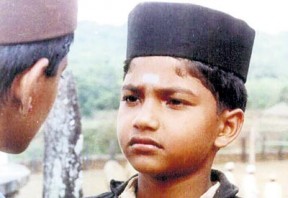
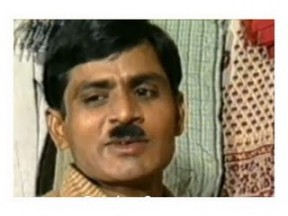
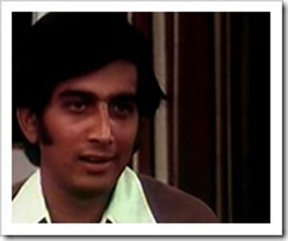
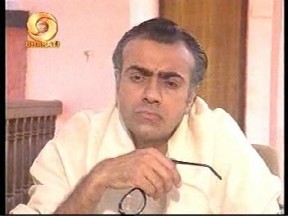
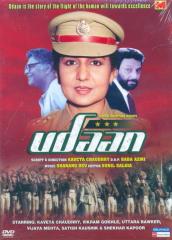
Similar thoughts watching TV here in the UK. A few good programmes but lots of channels of rubbish most times. If we want to watch comedy shows, we end up watching repeats from decades ago.
seriously…i nod my head and smile as I read it..how true..
Thanks Rani and Aesh for your comments 🙂
Yp, true, quality of small screen and big screen both has deteriorated.
You are rite Nilesh 🙂
Wow what a walk down the memory lane Pooja, everything flashed past the eyes. I remember when they recently aired Malgudi Days for some weeks, my eyes went moist when I chanced upon the channel. I don’t think we’ll reminisce any of today’s programs with as much fondness
Super Pooja…Keep going
Thanks Vidhi and Amit 🙂
Hey Pooja, good work!
I have memories of few other DD serials like keele ka rahasya, gul gulshan gulfam and mirza galib! I liked keele ka rahasya but found the other serials quite boring..
Cheers!
Trupti
hey trupti..danks a lot for ur comments 🙂